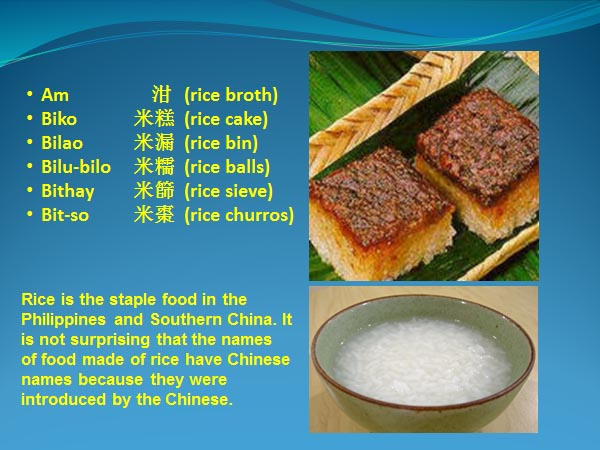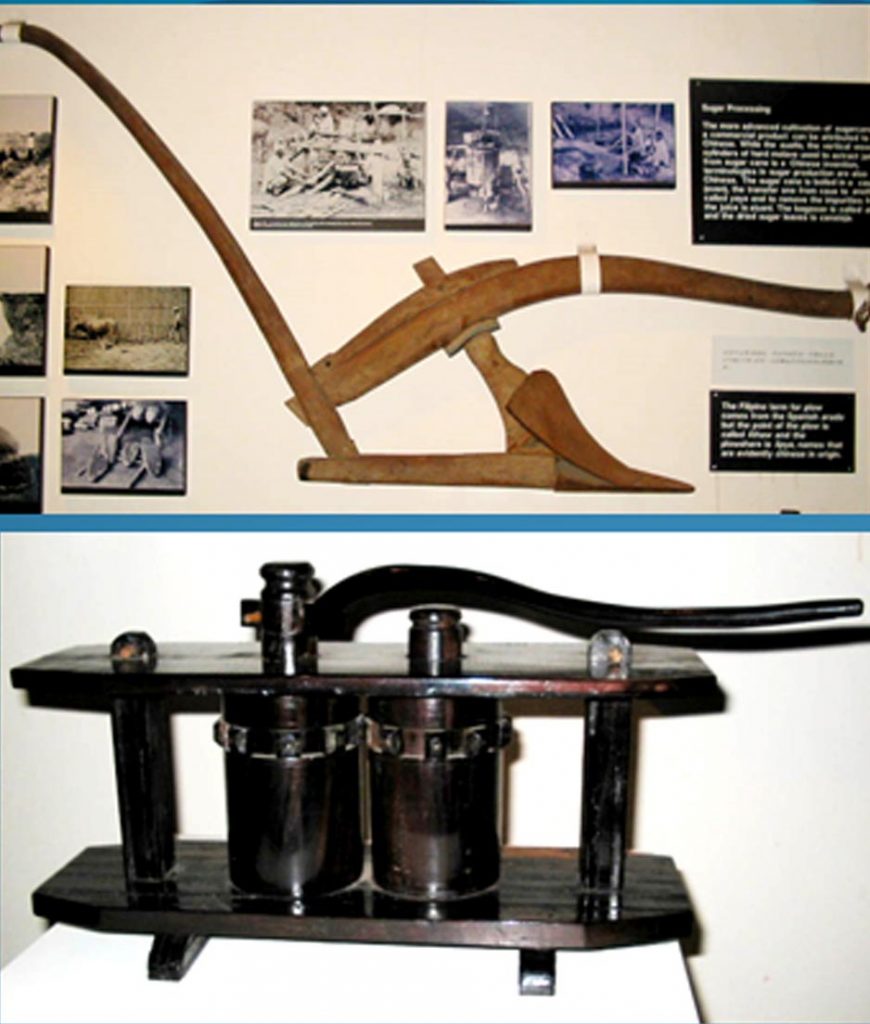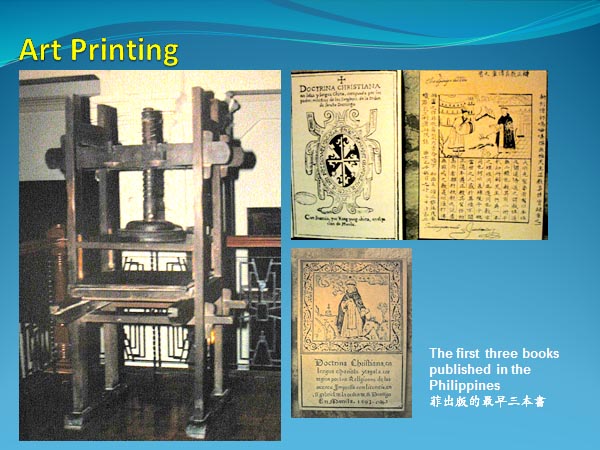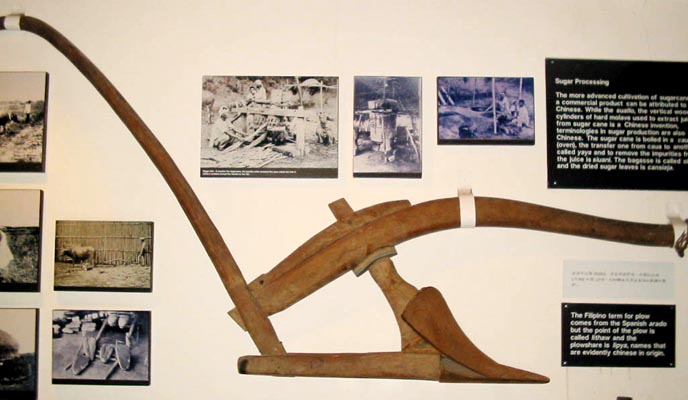First published in Tulay Monthly 1, no. 3 (August 1988): 7
Did you know that the Filipino word lithaw (plough) and the word puthaw (axe) came from the Chinese words luey-thaw (犁頭) and po-thaw (斧頭) because it was the Chinese who taught the Filipinos the new techniques of farming, fruit growing and vegetable gardening? The early Chinese traders brought to the Philippines a wide range of technological know-how and cultural elements that became part of the Filipino way of life.

Below are some of the most important Chinese influences in Philippine culture.
- The art of domesticating carabaos and training them for deep and tidy ploughing was handed onto Filipinos by Chinese settlers in the early days. Furthermore, the use of the cast-iron plough which greatly increased food production was also introduced by the Chinese.

- The process of extracting sugar from sugar cane was introduced by the Chinese and the early stone presses came from China; the process of refining sugar by claying was also taught by the Chinese.
- Masonry or building in stone and the use of lime as a binder of stone buildings was introduced by Chinese artisans shortly after the Spanish conquest. Many of our famous churches, like San Agustin Church, were largely built by Chinese hands and many of the famous religious images and sculptures were carved by Chinese artisans.
- Metal tools (fish hooks,needles, and other artifacts made of metals) were first brought to the Philippines by the Chinese.
- The art of sophisticated pottery-making, textile weaving and dyeing, carpentry, smith crafting, soap and candle making were taught by the Chinese.
- Many of the utensils and materials we use for our daily needs have Chinese names because they came from the Chinese — like bakya, susi, siyanse, baktaw, bimpo, bilao, bithay, hikaw, tanso, sotsuwa, kusot and many others.

- Food processing techniques that brought us the miki, misua, bihon, tausi, tokwa and taho and culinary arts that brought us hopya, tikoy, humba, goto, batsoy, siopao and siomai were acquired from the Chinese.
- Many varieties of vegetables like petsay, kintsay, kuchay, upo, toge, bataw, sitaw adopt Chinese nomenclature because they were introduced to the Philippines from China.Other Chinese food products erstwhile unknown in the Philippines but later became popular are dried sea cucumbers, dried shrimps (hebi), swallow’s nest, dried lily buds (kimchamchuy), arrowhead bulbs, ginger and many others.
- The art of printing is among the most significant contributions of the Chinese to the Philippines; the first three books ever printed in the Philippines were done by a Chinese named Keng Yong of Binondo, in 1593.
The close link and depth of interaction between the early Chinese and Filipinos are evidenced by the Filipinos’ adoption of Chinese kinship terms: ate, kuya, ditse, sanse, diko, sanko, inkong, impo, inso and others.





